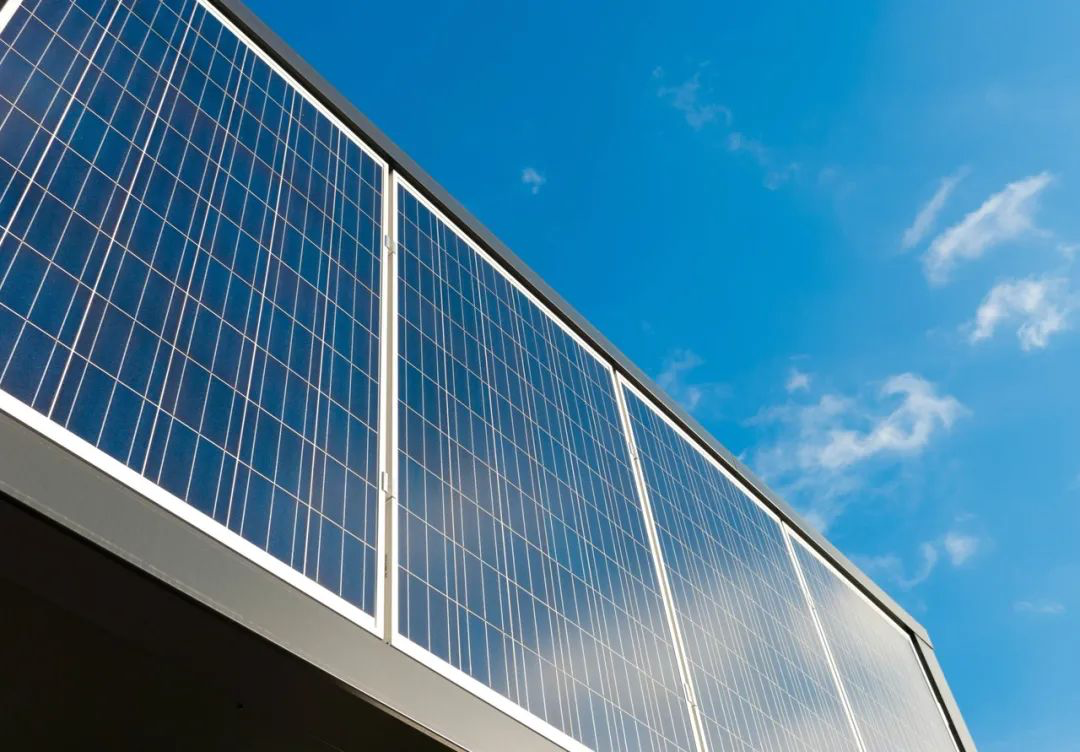

The Versatility of Float Glass for Fusing A Modern Crafting Material
Float glass, a fundamental material in the glass industry, is renowned for its clarity, strength, and smooth surface. This type of glass is produced by floating molten glass on top of molten tin, resulting in a flat, even sheet devoid of any imperfections. Due to its unique properties, float glass has found applications across various fields, from architecture to art. In the realm of fusing, float glass has become a popular choice among artists and craftspeople, leading to innovative designs and functional artworks.
Fusing is a technique that involves heating glass to its melting point, allowing it to bond together into a single piece. Artists and artisans often utilize kiln-firing to achieve this effect, creating stunning visual displays. Float glass, with its superior optical clarity and polished surface, serves as an ideal medium for fusing projects. The glass’s uniform thickness and smoothness ensure that designs are executed with precision and clarity, resulting in finished products that exude professionalism and artistry.
The Versatility of Float Glass for Fusing A Modern Crafting Material
Moreover, the compatibility of float glass with other types of glass used in fusing, such as fusible glass, enhances its appeal in the crafting community. When fused together, these glass types can create fascinating effects, including iridescence and texture variations. Artists often layer different glass types to create unique visual depth and patterns, expanding their creative possibilities.

The fusing process itself is relatively straightforward, enabling both novice and experienced glass artists to engage with the medium. Working with float glass typically involves cutting the glass into desired shapes, arranging them on a base kiln shelf, and then firing them in a kiln. The firing process requires careful temperature control, as different glass types may have varying coefficients of expansion. As such, knowing these characteristics is crucial to avoid cracking or other defects during the cooling phase.
Environmentally, float glass is a sustainable material. Its manufacturing process can incorporate recycled glass, reducing the ecological footprint. This aspect resonates with modern consumers and artists who prioritize sustainability in their work. Artists utilizing float glass can promote a message of environmental consciousness, as they create beautiful pieces without excessive waste or harmful practices.
In addition to its environmental benefits, the aesthetic qualities of float glass are unmatched. The transparency and shine of float glass can elevate any project, capturing and reflecting light in captivating ways. Artists can create works that play with light and shadow, enhancing the sensory experience of viewers. Whether it’s a delicate glass sculpture or an intricate stained glass panel, the beauty of fusing with float glass is undeniable.
As the popularity of glass fusing continues to grow, so too do the innovations within the field. Artists are being encouraged to push boundaries, experimenting with new techniques and concepts. Float glass serves as an excellent canvas for these explorations, offering a medium that is both forgiving for beginners and challenging for seasoned experts.
In conclusion, float glass is a remarkable material for fusing, combining beauty, versatility, and sustainability. Its clarity and smooth surface make it an excellent choice for artists looking to explore their creativity and technical skills. As the art of glass fusing continues to evolve, float glass will undoubtedly remain a favored medium, inspiring the next generation of artists to create breathtaking works of art. Whether for decorative or functional purposes, the potential of float glass in fusing is limitless, opening doors to artistic expression and innovation.